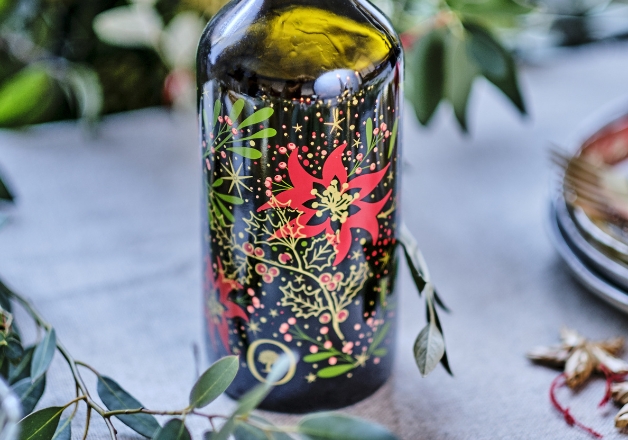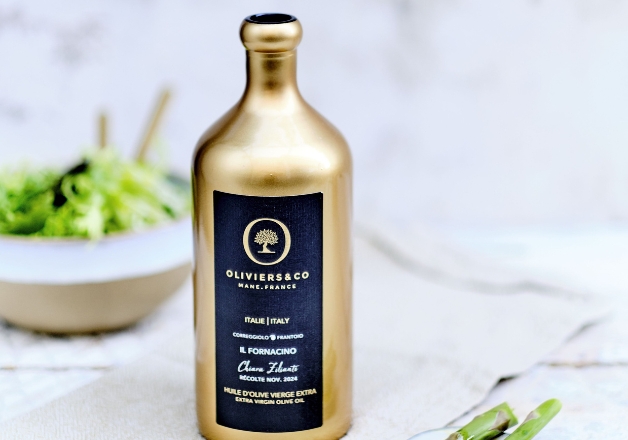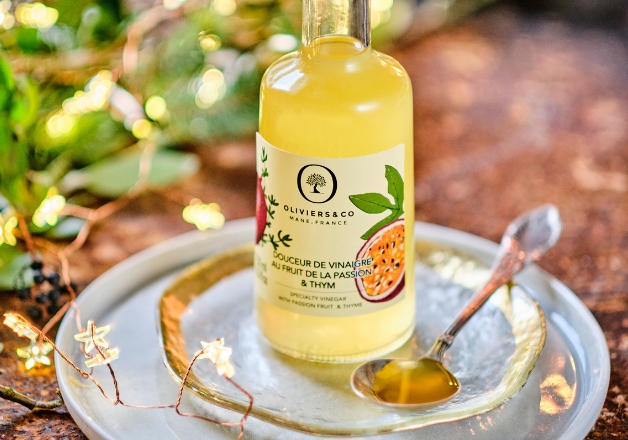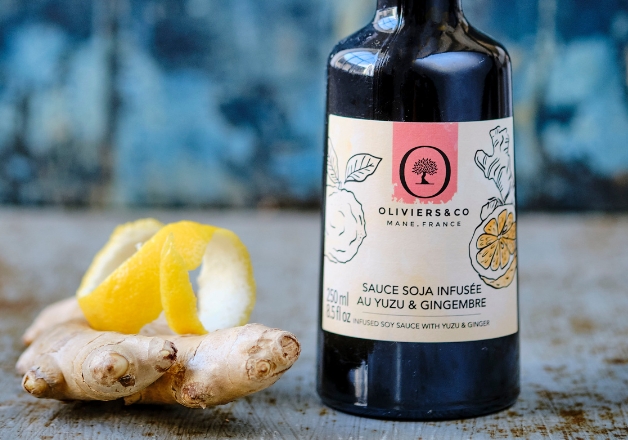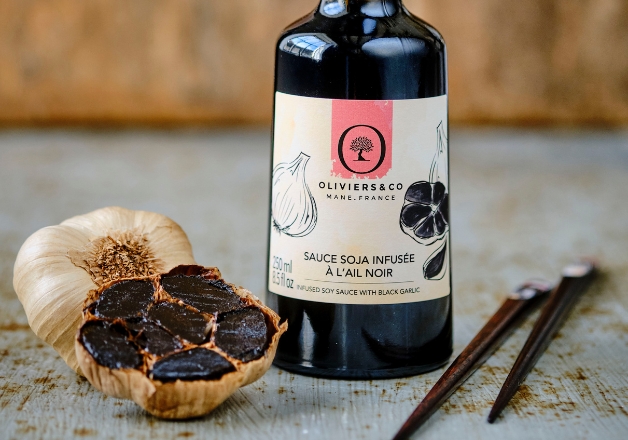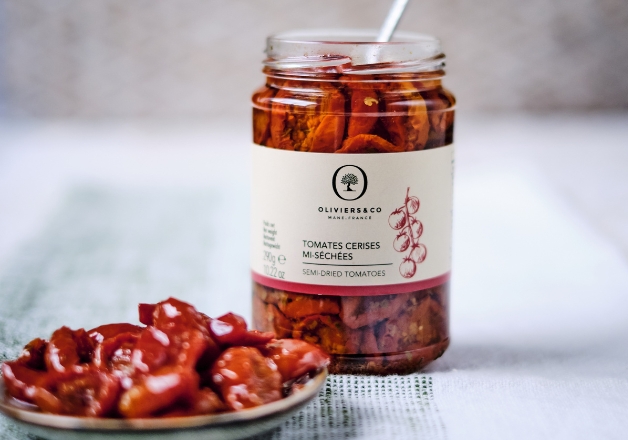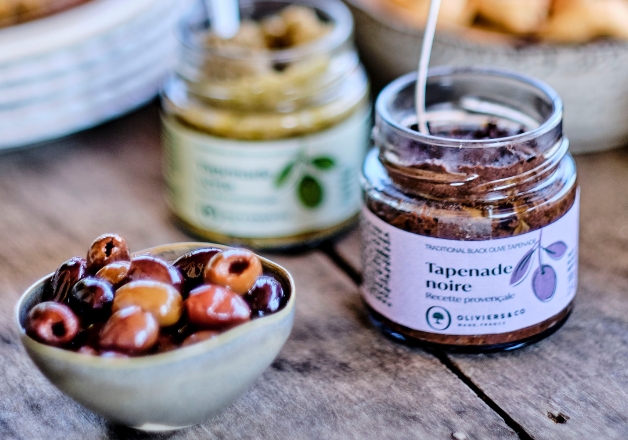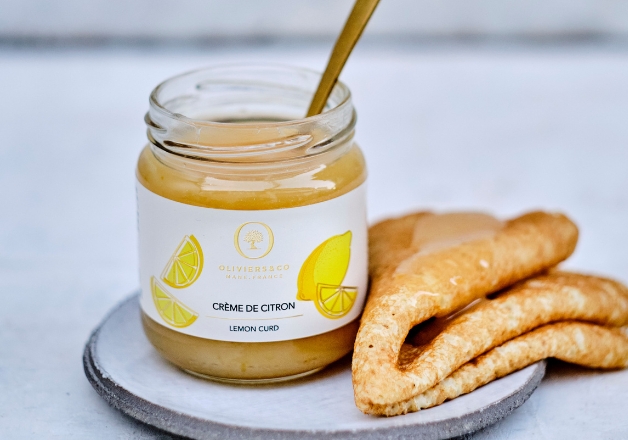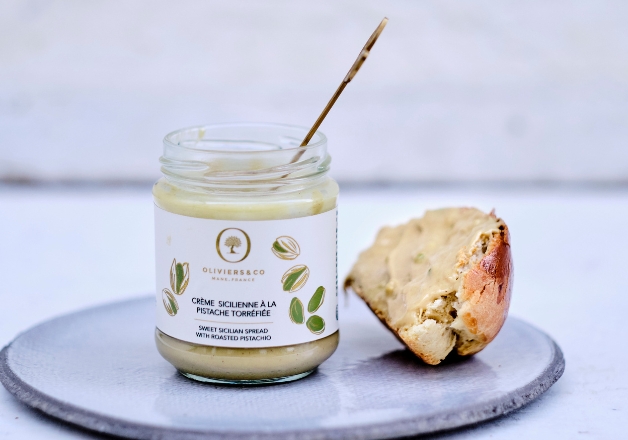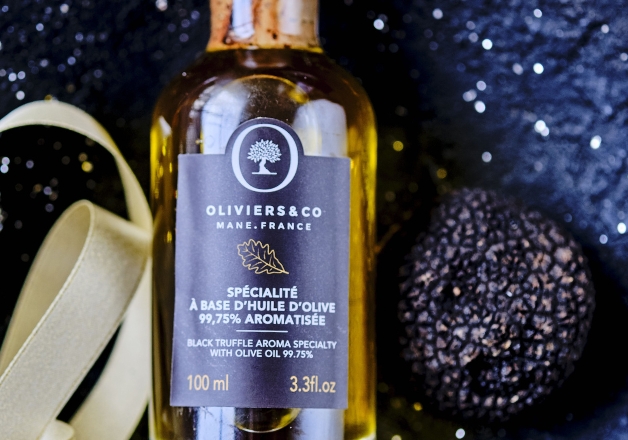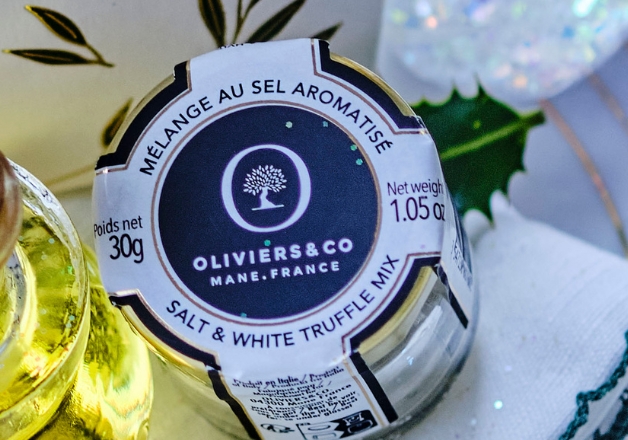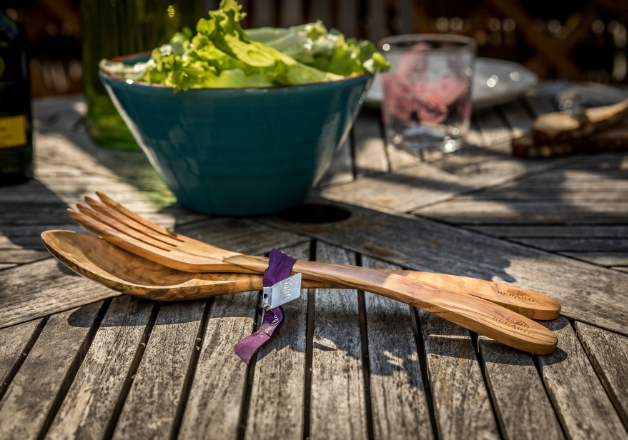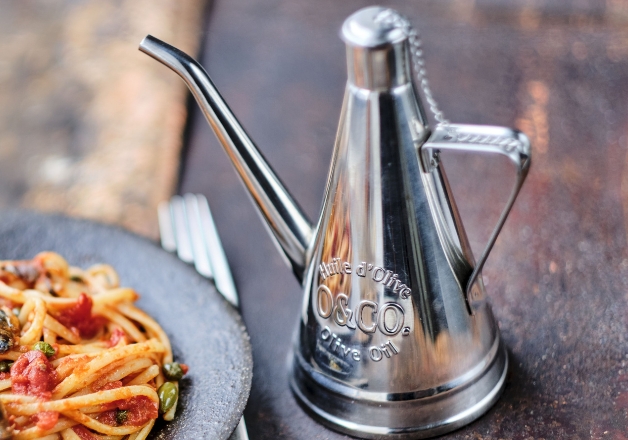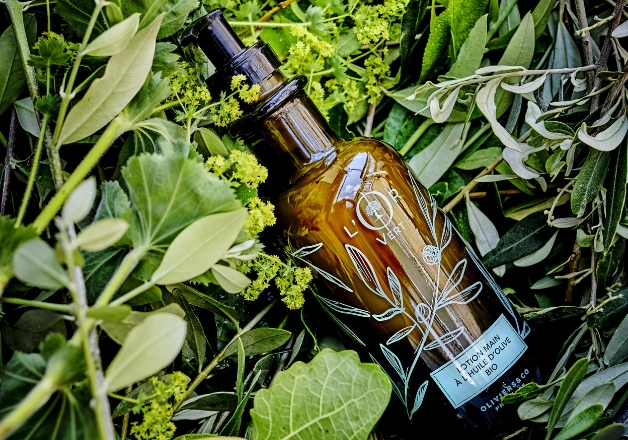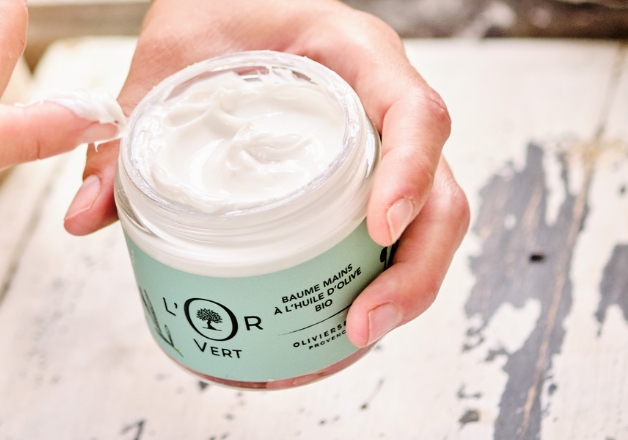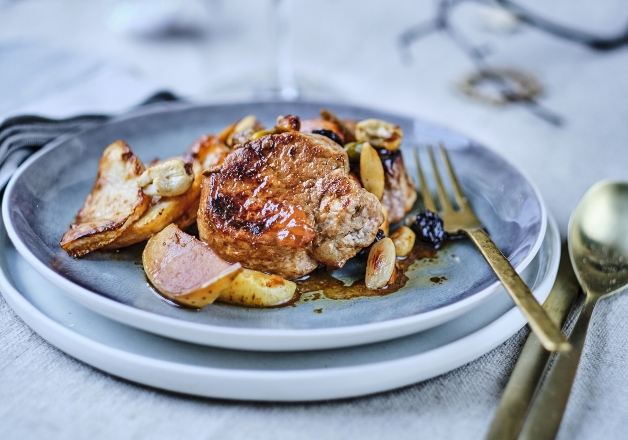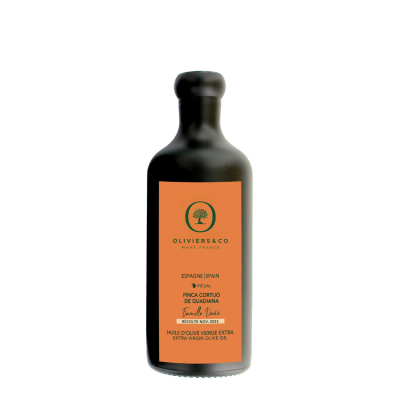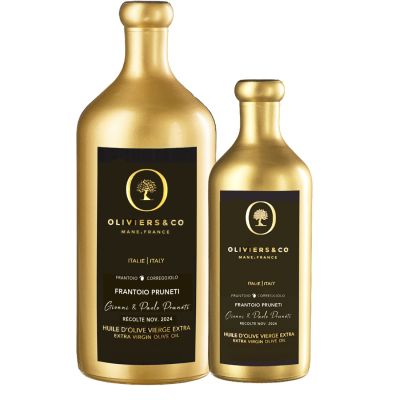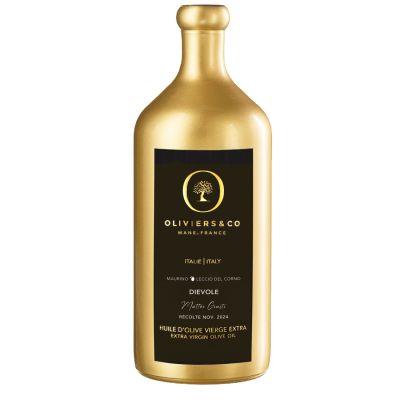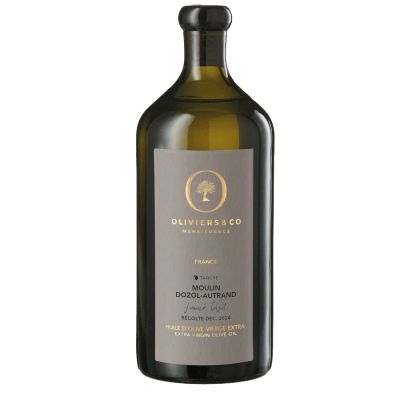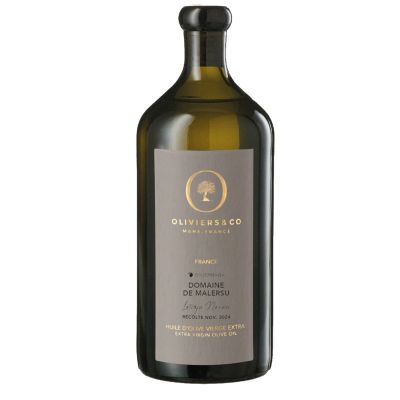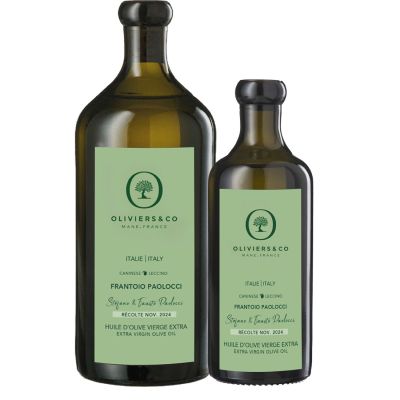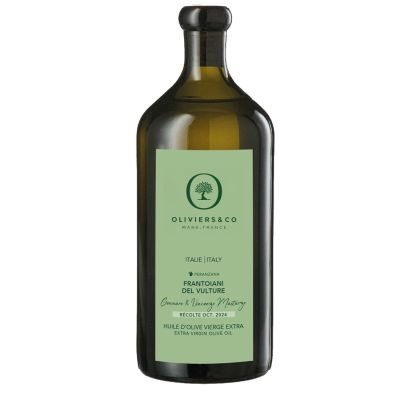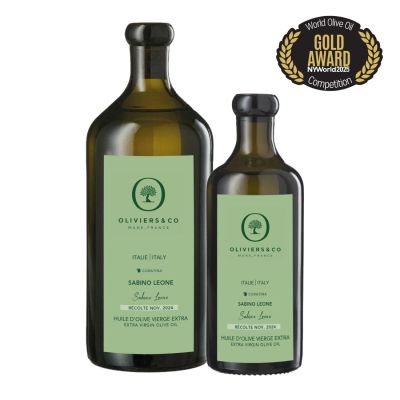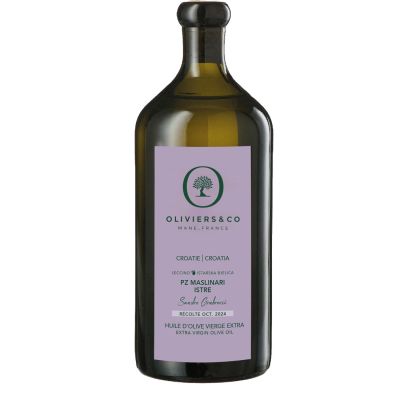

While nature gives birth to the olive, it is human skill that transforms it into quality olive oil. From harvest to craftsmanship and mastery of each production step, every detail matters.
The Harvest: A Key Moment
Traditional Harvesting with a Comb :
This method is generally carried out from September to late November. Harvesting with a comb is a slow process, so care must be taken not to leave the olives in the sun for too long and to bring them quickly to the mill.
There is also an “electric comb” which makes it easier to reach all the branches of the olive tree. This method is gentler on both the tree and the environment, but it is slower and requires great care.
Mechanical Harvesting :
The Boogie, also called a trunk shaker, wraps around the tree and shakes it to collect the olives. This technique is only possible in sufficiently large olive groves.
It is becoming increasingly common because it is highly efficient: some farmers can go from a harvest lasting one month to just 10 days thanks to mechanical harvesting.
However, this method has two drawbacks: as many leaves as olives fall into the nets (meaning more sorting is required), and enough space is needed for the machine to move around.
It is also possible to harvest using a grape harvester, but only on hedge-like olive tree formations, which require even larger spaces.
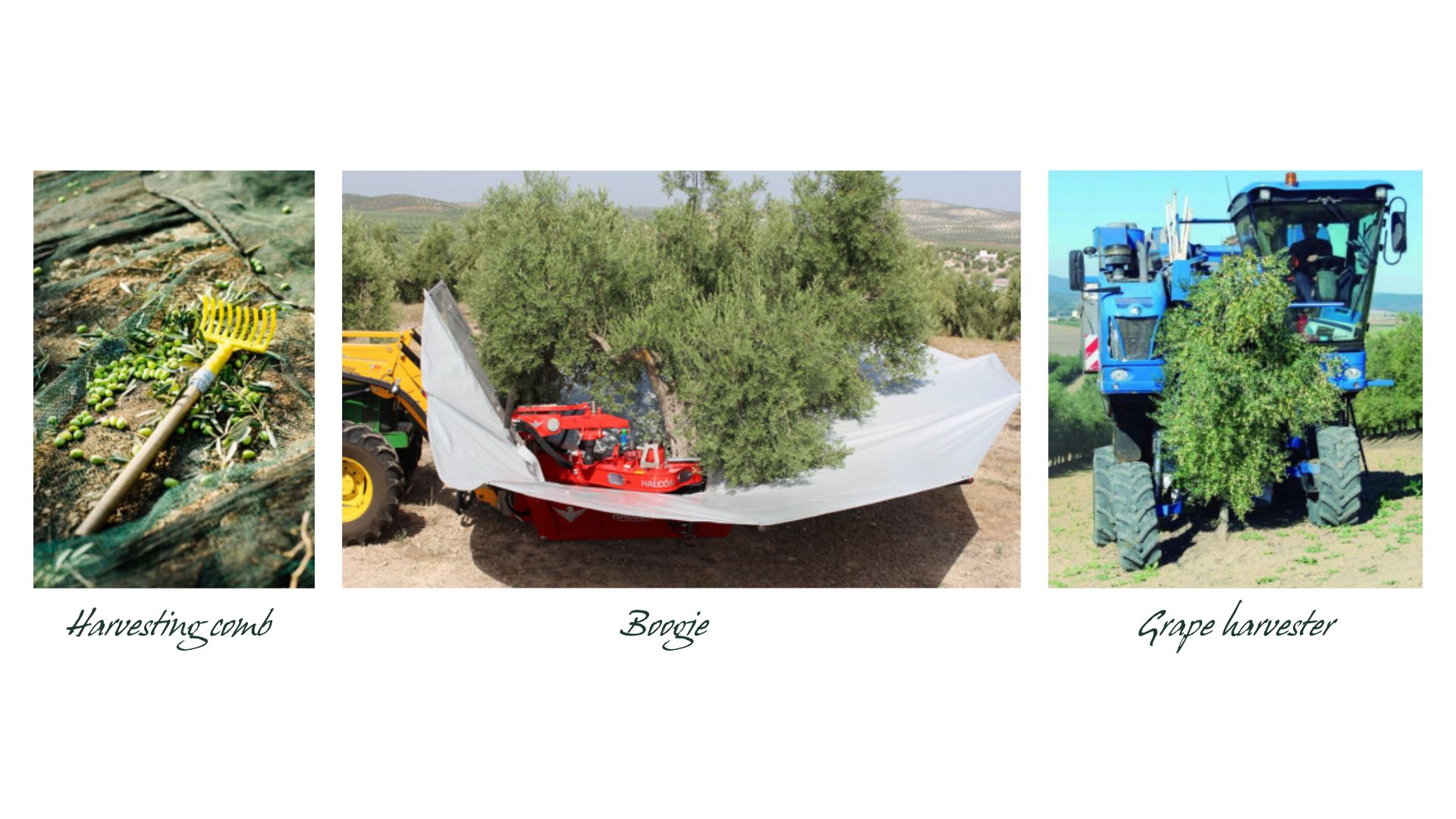

Choosing the Right Time
One of the key challenges in olive oil production is determining the optimal harvest date.
In traditional methods, this involves laboratory analysis: two bags of olives are taken from the trees and sent to a lab.
The lab will determine the oil content, lipid profile, and organoleptic characteristics (taste, aromas, etc.).
These results help choose the ideal harvest time, balancing quality and profitability. The goal is for each olive to be profitable while ensuring high-quality oil.
It’s also important to consider when mills open: in Greece, for example, they generally only start operating in December, which automatically delays the start of production and therefore the harvest.
Production: Between Tradition and Modernity
Today, almost all high-quality olive oils are produced in modern mills. These have developed and now dominate production. They preserve the aromas and quality of the oil more effectively by protecting it from light. Only a modern mill can produce a flawless (extra virgin) oil.
Key Steps :
1- Defoliation & Washing : Cleaning the olives.
2- Crushing : Quickly grinding the olives into a paste.
3- Malaxing : Gently mixing the paste (15 to 45 minutes) to release the oil.
4- Extraction : Separating the solid paste (pomace) from the liquid (water + oil). At Oliviers&Co, olives are cold-pressed (below 27°C) within 24 hours.
5- Decanting or Centrifugation : Separating the oil from the water.
6- Filtration (optional) :
Unfiltered oils : More intense but with a shorter shelf life.
Filtered oils : Smoother and more stable.
7- Storage : In stainless steel tanks, protected from light and oxygen.
8- Blending (optional) : Performed by an expert to balance aromas or obtain a PDO.
9- Bottling : Always after rigorous quality control.
For a high-quality olive oil, you need :
- Fresh, healthy olives
- Rapid pressing
- Only mechanical, cold extraction
- Impeccable hygiene
- Storage away from air and light
Our olive oils
-
 Castello di Poppiano Olive Oil - ITALY DDM 1/1/2026Special Price $31.84 Regular Price $39.80
Castello di Poppiano Olive Oil - ITALY DDM 1/1/2026Special Price $31.84 Regular Price $39.80

